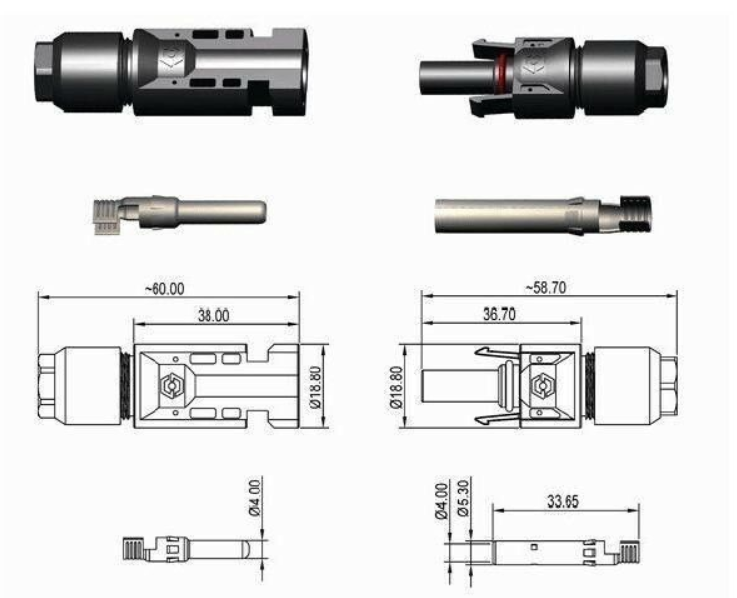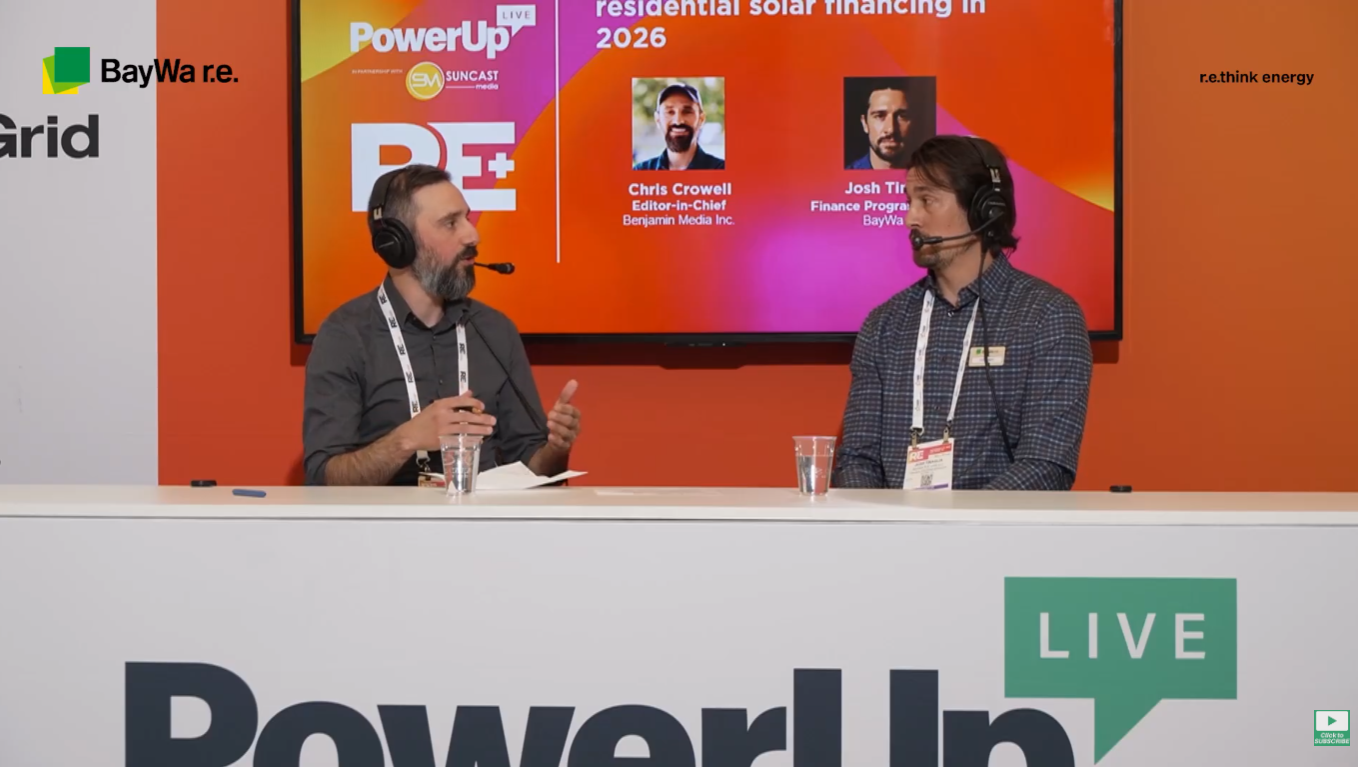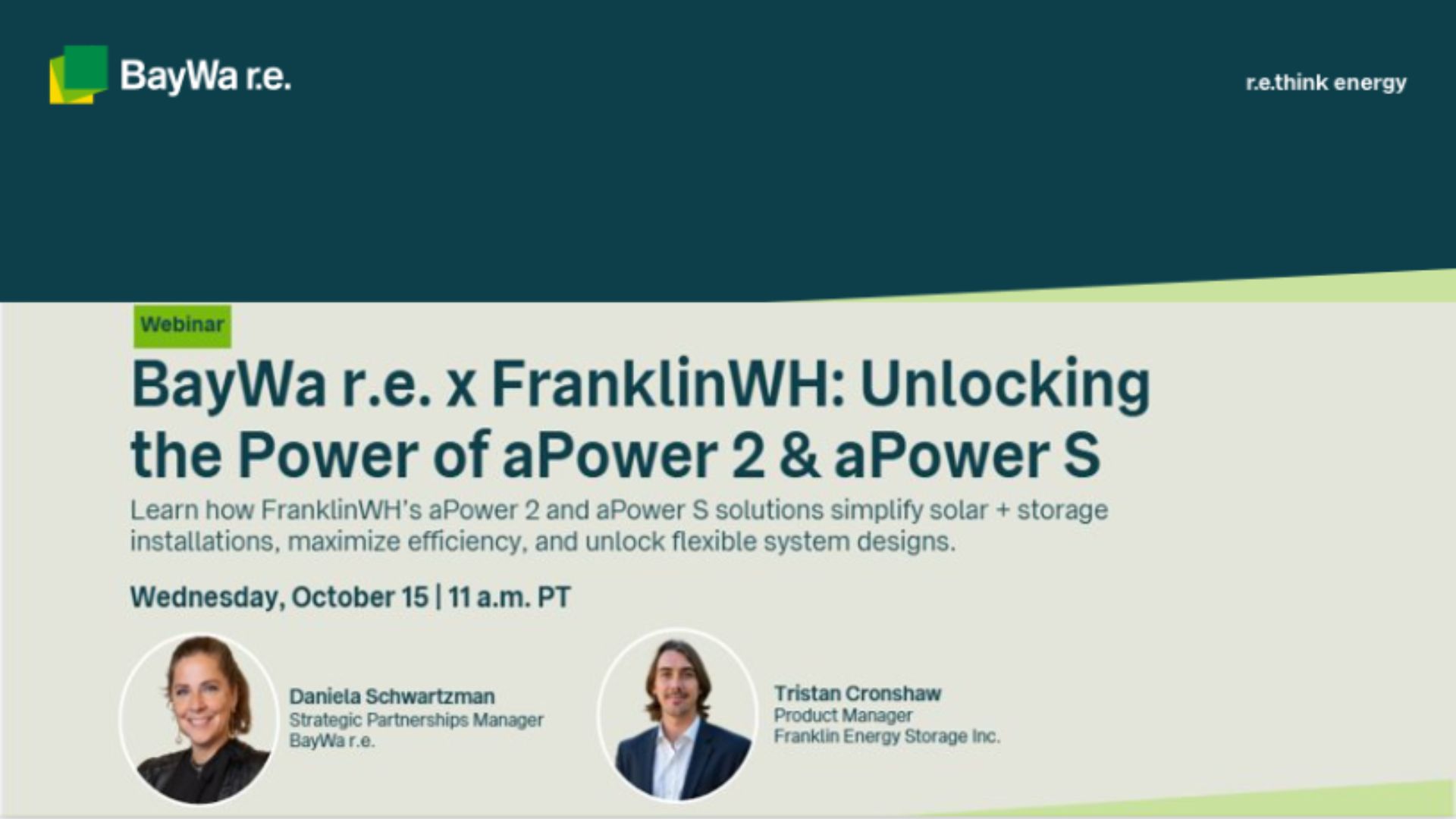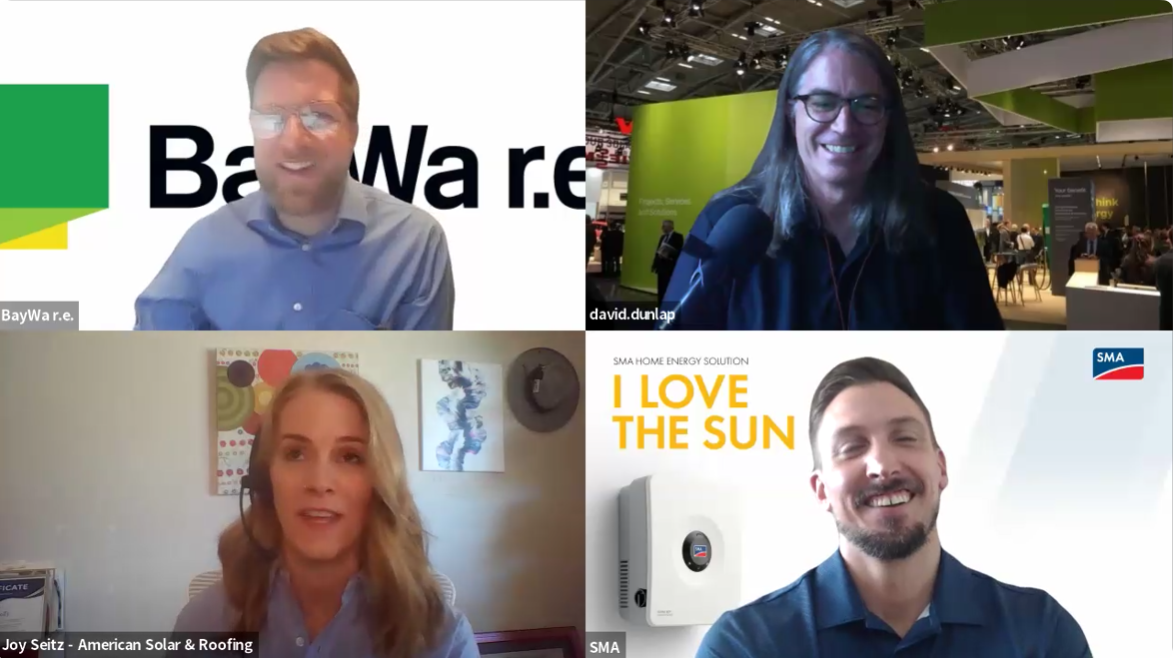
All the things that contractors thought they could count on remaining unchanged—the way they used to predict product pipelines and future sales —that’s going to be really tough to stay ahead of the curve.
Tom: So contractors will need to think ahead even further?
David: Definitely. If they’re selling a project today with LG 350-watt modules but they’ll be installing it six months from now, the question will be: “Will you still be able to get those specific modules?” That’s important to know because electrical permitting requirements in most jurisdictions are very specific. If you sell a job and submit a permit for 310-watt, Longi full cell modules, but what you actually receive six months down the road—because of changes in availability—are 315-watt split cell modules, those new modules may not meet the conditions of the permit. This might require re-permitting. It might also change the terms of the contract you signed with the homeowner.
Tom: So, contractors should be weighting “future availability” heavily when bidding, selling, and planning jobs in 2020?
David: Absolutely. “What am I going to bid?” should be a big question. Or building in a buffer or being a bit more flexible and resilient in your bid specifications. If you do it wrong, it could cost you money in redesigning and permitting. If you’ve designed for a specific form factor, but the only modules available six months later are taller or wider, your geometry and racking might be off. Trust me, it’s painful to deal with larger rectangles! So, you might not get a conversion on that project.

David: I think that’s the crux. The message is: You need to work with your supplier to get better forward-looking information on the timing of changes than you ever have before. This will help you plan better. You can no longer wait until the day before the job to get what you thought you could get six months ago. That’s just absolutely not going to work going forward.

The module industry gravitated from Poly to Mono, and now Mono Perc has quickly become the dominant technology. But there are multiple new technologies—fundamentally different technologies—that are going to be coming to market and scaling pretty quickly. We’ll also see a wave of storage and smart home-related innovation this year, and beyond. So, I think for the next few years, it’s going to be a story of new technologies and rapid product roadmap changes. Through all this, contractors will have to work harder than ever to adapt and keep up with these changes.
Tom: What about the module space beyond 2020?
Daniel: Wow! Let me look into my crystal ball here! I think, starting from a supply/demand perspective, Chinese manufacturers will likely ramp up supply in southeast Asia in 2020 faster than official announcements. So I think there is a good chance we’ll have more supply than demand for the US market in early 2021. This may cause pricing to soften in November or maybe December. But then, after a year or so of oversupply, we’ll likely see supply and demand re-balance, resulting in a more consistent, gradual downward pricing trend.
Daniel: Into 2022 and beyond, the crystal ball becomes murkier. But I think there’s likely to be multiple, adjacent, new technologies that will compete with the old technologies and we’ll see Mono Perc begin to be supplanted by another technology.
David: Yes, there’s definitely a lot of interest, but we still have the same service questions: “How do you address solar-related warranty or service issues, apart from roof issues? Who is liable for those? Should a solar roof last longer than a traditional roof or the other way around?”
Also, a lot of these solutions suffer from much lower efficiency. You have to put in two or three times the amount of PV in order to get the same system output. Or, even if the system is fairly efficient, and has reasonably good output, the cost is exorbitant.
More importantly, a lot of the current solutions can’t get past the current fire and electrical codes. And when you’re dealing with a building code, an electrical code, and a solar-related code—those are all very hard to reconcile. And often, those are not the same code bodies looking at them together. So, I don’t think we’re going to see anything dramatically new in integrated PV.
Daniel: I think most people are still thinking that until solar makes another massive technology leap—in terms of efficiency at the cell level—a roof plus a solar array remains the best solution, and the focus is on making it more aesthetically pleasing, cheaper, and faster to install and service.
David: I agree. And in terms of other technologies, I already see a future where commercial buildings have PV vertical glass—where the PV is completely integrated. And that doesn’t mean retrofit goes away—there’s still tons of opportunity in that segment. Until you’ve put solar on every old building, that work is not going to stop.
David: I think the conversation will be less about, “How do we best install solar on the roof?” and moving to, “How to most efficiently energize a building?” Long-term, sustainable energy inside building infrastructure—with the housing doing the electricity production—instead of the utility, is one way we’re heading.
Daniel: Right. And we might see a lot more solar installed on floating systems. We’re seeing companies play around with solar pavement, solar paint, and solar park benches. The list goes on and on. So, while increasing complexity is definitely the key phrase in 2020 and beyond, the future does look exciting and profitable.
Tom: David, I’ll give you the last word. How is BayWa r.e. going to bring value in 2020? Especially in the face of all the change and complexity you’ve enumerated? What are you watching for?
David: There’s going to be so much new stuff for us to keep our eyes on. But for us, it’s all about due diligence. If we believe that a new product offering is going to have significant challenges for our contractor partners, then we’re going to be hesitant to offer it—unless we see that there’s a really robust way to address and solve those challenges. We’re never going to ask our contractor partners to take on something that doesn’t make sense for their business. And that all goes back to having open and robust communication.
We can do a lot, in terms of identifying the right products and advanced planning support, if we understand our contractor partner’s goals and where they want to go. In short, we’re going to stick with our core strategy, which is to work largely within our existing partnerships—which are incredibly strong— understand their offerings and how they address market opportunities. And we’ll take that information and pass it along to our contractor partners to help them make the best business decisions possible.




